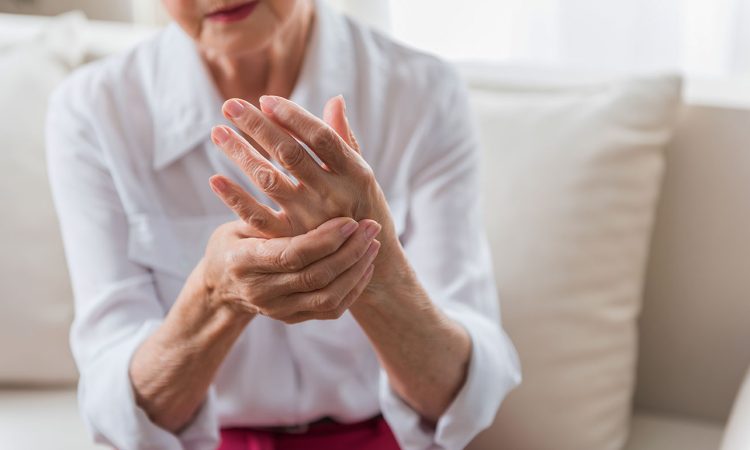A blog already posted presents to you the most common forms of arthritis: Joint pain – some explanation. This time, we’ll focus on osteoarthritis to give some tips that may be helpful to you. Simply put, osteoarthritis is a lack of cartilage between two bones in a joint. Generally, rapid wear and tear of the cartilage can be caused by an old injury, intense sports, being overweight, inflammatory issues or a weak immune system. So anything that is pro-inflammatory can accelerate the development of osteoarthritis and increase pain.
Osteoarthritis cannot be cured, although some stem cell procedures can repair cartilage that could replace surgery. This type of procedure, available in specialized clinics in the United States, is becoming more readily available, but it is very expensive. The course of the disease can be more or less aggressive depending on several factors. Osteoarthritis can affect all joints, but it is usually the joints of the fingers, big toe, knees, hips, lower back and neck that are affected.
Diet and physical activity are the first beneficial factors to consider. For food, it is a question of promoting the so-called “anti-inflammatory” foods while reducing the so-called “pro-inflammatory” foods.
“Anti-inflammatory” foods:
- A large consumption of fruits and vegetables
- Whole grain products
- Vegetable proteins: tofu and legumes
- Fatty fish and omega-3 supplements
- Probiotics
- Nuts
- Olive oil
- Foods rich in polyphenols: dark chocolate, tea and coffee, berries.
“Pro-inflammatory” foods:
- Refined sugar and foods high in sugar
- Processed foods and fast-foods
- Red meat
- Animal fat
- Foods that may be allergenic (for some people): dairy, soy, gluten, peanuts, eggs.
Sleeping well and physical activity are also very important. During sleep, our bodies repair itself and generally this reduces the inflammatory processes. As for physical activity, it helps reduce inflammation, it reduces pain, improves mobility and muscle tone and it does not worsen osteoarthritis; on the contrary, it could slow the progress. Think of muscle building, stretching and endurance exercises. It’s a very good idea to talk to a kinesiologist about it.
Also pay attention to body weight. In addition to putting more pressure on your joints, being overweight increases the production of inflammation, which accelerates the development of osteoarthritis and pain.
Vitoli® Joints is both a pain reliever and an anti-inflammatory. It can help slow or stop the progression of osteoarthritis. Here are the health claims allowed by Health Canada for Vitoli® Joints:
- Used in Herbal Medicine to help relieve joint pain associated with osteoarthritis.
- Provides antioxidants.
Let us know if you have any questions, it’s always a pleasure to help.
Further suggested reading:
- Devil’s claw; anti-inflammatory and natural painkiller
- Understanding inflammation and pain while aging
- An anti-inflammatory diet; really?
References:
- Basu et al, 2018. Dietary fruits and arthritis. Food Funct. 2018 Jan 24;9(1):70-77.
- Pak et al, 2018. Cartilage Regeneration in Humans with Adipose Tissue-Derived Stem Cells and Adipose Stromal Vascular Fraction Cells: Updated Status. Int J Mol Sci. 2018 Jul 23;19(7).
- Castrogiovanni et al, 2016. Nutraceutical Supplements in the Management and Prevention of Osteoarthritis. Int J Mol Sci. 2016 Dec 6;17(12). Review.
- Chin et Pang, 2017. Therapeutic Effects of Olive and Its Derivatives on Osteoarthritis: From Bench to Bedside. 2017 Sep 26;9(10).







Can we take vitoli with celebrex!
Hi,
For any form of medication, it’s always best to consult your pharmacist. Normally there are no issues and we can also contact your pharmacist for you if they need more information about our products.
For all other questions, you can contact us directly at info@vitoli.ca.
Keep us updated!
Thank you!